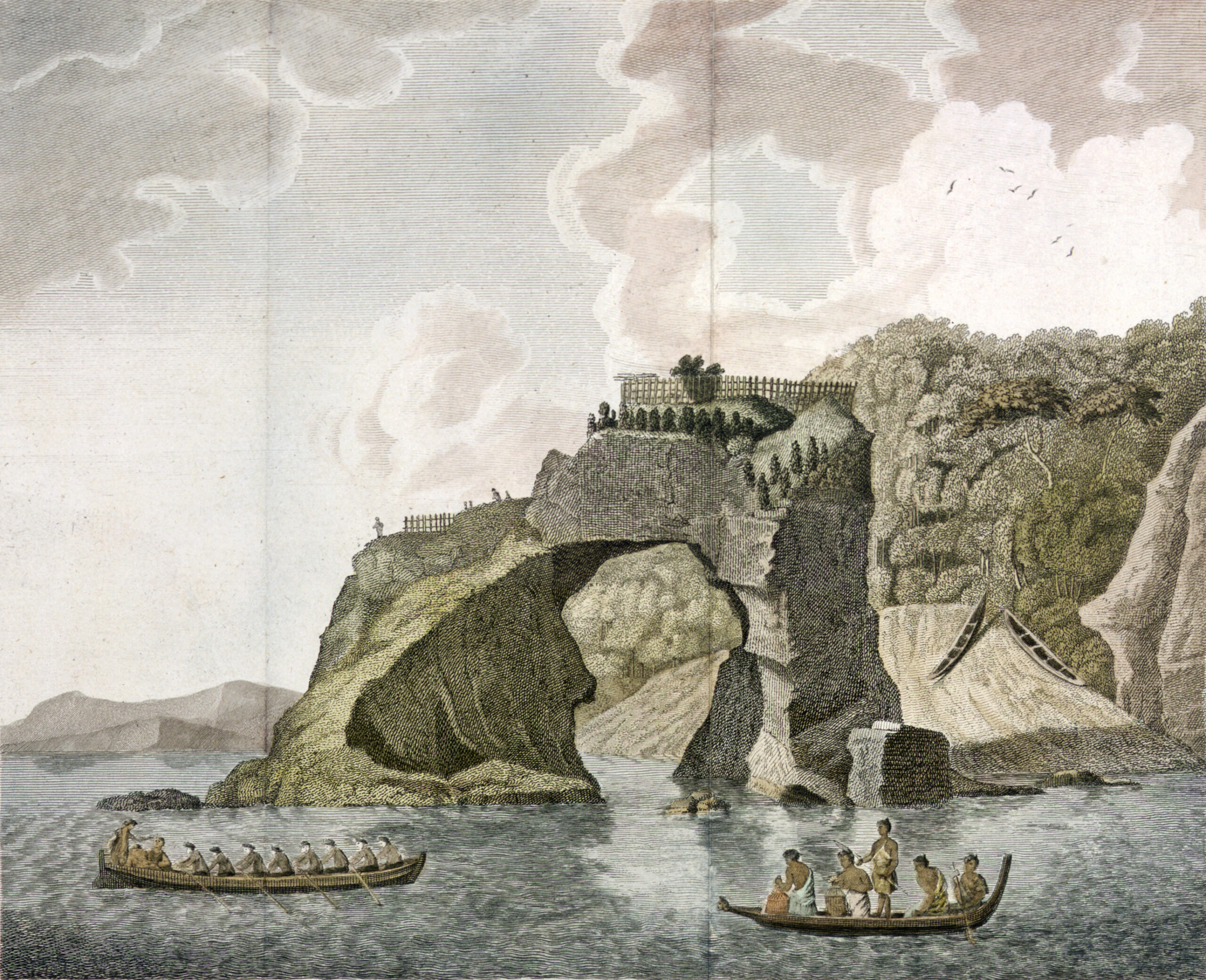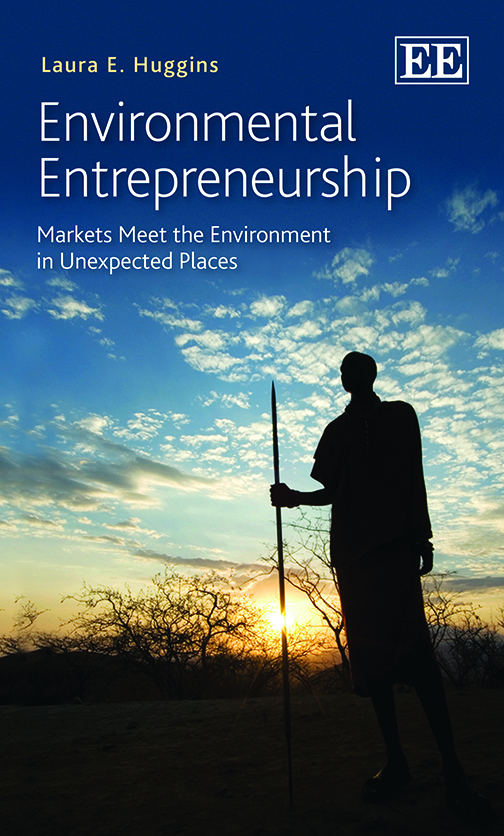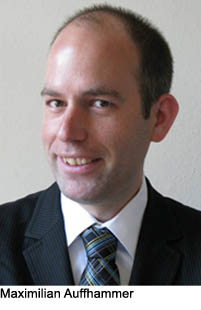What does “nickel pig iron” have to do with free market environmentalism? It provides an excellent example of how markets and, in particular, rising commodity prices spur innovation and resource conservation. This recent article from the Wall Street Journal describes how nickel, a metal used to make stainless steel, became increasingly scarce in recent years. […]









